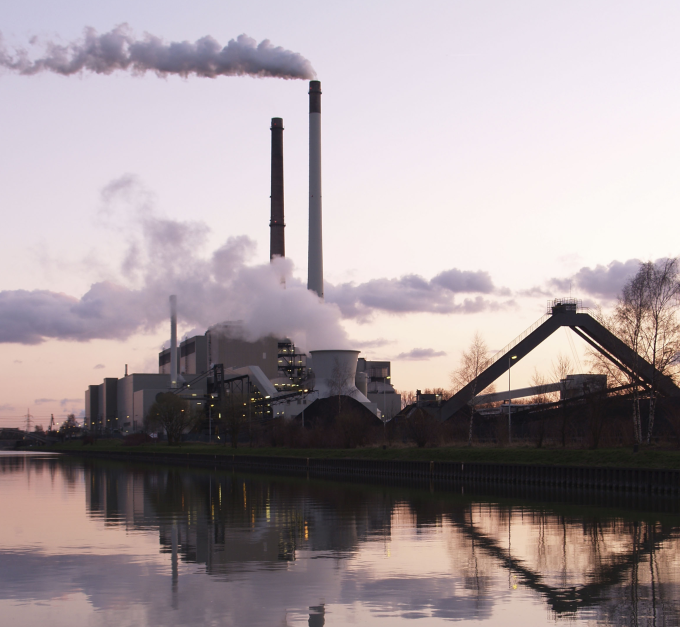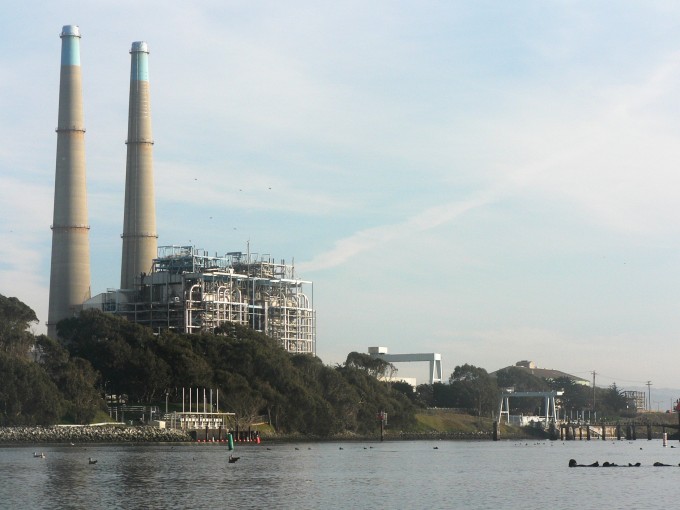Scheduled Coal Plant Retirements Surge for the Next 5 years
 Thanks to emerging EPA regulations on air quality, the demand for low cost natural gas, and the inefficiency of older units, many coal plants across the U.S. are facing retirement. In 2012 alone, over 175 coal-fired generators were mothballed. That was approximately 8.5% of total coal-fired capacity in U.S. at the time. While most were old and inefficient units, many newly constructed plants were in the mix. In fact, nearly 27 gigawatts of coal fired capacity are expected to retire by 2016. Many of which are newer plants that are on average at least 12% more efficient than plants that have previously been retired. Coal has been losing ground to natural gas over the last 5 years due to the demand for lower priced electricity and the extremely low cost of running a gas plant. Most gas-fueled plants are able to produce electricity at the cost of two cents per kilowatt hour. That is less than half of what it costs to run a coal-fired unit.
Thanks to emerging EPA regulations on air quality, the demand for low cost natural gas, and the inefficiency of older units, many coal plants across the U.S. are facing retirement. In 2012 alone, over 175 coal-fired generators were mothballed. That was approximately 8.5% of total coal-fired capacity in U.S. at the time. While most were old and inefficient units, many newly constructed plants were in the mix. In fact, nearly 27 gigawatts of coal fired capacity are expected to retire by 2016. Many of which are newer plants that are on average at least 12% more efficient than plants that have previously been retired. Coal has been losing ground to natural gas over the last 5 years due to the demand for lower priced electricity and the extremely low cost of running a gas plant. Most gas-fueled plants are able to produce electricity at the cost of two cents per kilowatt hour. That is less than half of what it costs to run a coal-fired unit.
But market competition isn’t the only thing hindering the coal industry. Stiff federal environment regulations such as the proposed Clean Air Transport Rule, the proposed Coal Combustion Residuals rule, the proposed Tailoring Rule (covering greenhouse gas emissions), the Ozone NAAQS (National Ambient Air Quality Standards), the forthcoming National Emission Standard for Hazardous Air Pollutants (NESHAPs), and cooling water regulations of the Clean Water Act all present their own unique set of challenges for the coal industry.
These existing and anticipated regulations require that coal units install control equipment, such as scrubbers, in order to stay compliant. However this is no small fee. For instance, FirstEnergy spent more than $1.8 billion installing pollution controls on its seven-unit Sammis plant in Stratton, Ohio. The large amount of capital needed in order to stay in compliance is forcing many owners to retire their coal plant because it’s more cost effective than making additional investments on scrubbers or Selective Catalytic Reduction (SRC) systems. In total, it is estimated that $70-$130 billion dollars for 187 GW coal capacity would need to be spent on these types of control equipment in order to comply with new mandates.

More and more coal plants face retirement due to tough regulations and decreased demand.
In the end, if a coal unit proves to be no longer economically viable, they will join the hundreds of mothballed coal plants across the country. With consumers’ preference for cleaner and cheaper natural gas and an increase of stricter federal pollution regulations, we can expect to see a great number of coal plants retire by the year 2020.
Industrial Access has served facilities and plants in the coal industry for over a decade and is here to help owners and plant managers stay in compliance with tough standards. Contact our experienced rope access technicians today to find out what solutions we can offer your coal fired plant.



